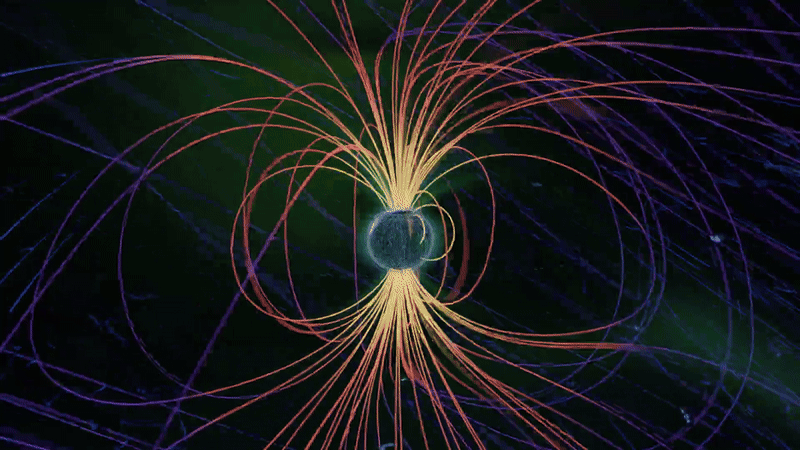Top Highlights
-
In July 1969, astronauts Neil Armstrong and Buzz Aldrin made history by walking on the Moon, and NASA’s Artemis program now aims to establish a sustainable human presence there, facing new challenges, notably from solar radiation.
-
While Earth’s atmosphere protects us from harmful solar energy, astronauts in space are vulnerable to risks such as radiation exposure, which can damage electronics and increase long-term health risks, including cancer.
-
Historical events, like the August 1972 solar storm, demonstrate the potential dangers; the storm could have severely affected astronauts during the Apollo missions, emphasizing the importance of monitoring solar activity for future moon missions.
- NASA’s ongoing collaboration with NOAA and other agencies focuses on predicting solar threats, enhancing our understanding of space weather, and using lunar exploration to uncover the history of solar activity and its interaction with celestial bodies.
Helio Highlights: July 2025 – NASA Science
In July, NASA releases new findings about solar activity and its impact on space missions. As preparations ramp up for future Artemis moon missions, scientists emphasize the need to monitor solar phenomena closely.
Solar energy is vital for life on Earth. However, it poses risks, especially for astronauts outside the protective atmosphere. Solar flares and Coronal Mass Ejections (CMEs) can disrupt technology and threaten human health in space. This concern isn’t just theoretical; history reveals the potential dangers.
For instance, during a massive solar storm in 1972, astronauts could have faced severe radiation exposure during Apollo missions. This prompted NASA to enhance its tracking systems to protect future crews. Currently, NASA and NOAA work together to predict space weather events. Such foresight allows for timely precautions, like seeking shelter in specially designed spacecraft areas.
To improve accuracy, NOAA’s Space Weather Follow-On program provides near-real-time data on solar activity. The contributions of instruments like CCOR-1 and CCOR-2 enhance our understanding of solar disturbances. Furthermore, missions like SOHO and HERMES focus on long-term observations that benefit lunar exploration.
Research continues to reveal the Moon’s unique history. Its surface, devoid of a substantial magnetosphere, preserves traces of solar interactions over millions of years. Scientists compare this to studying ice cores to uncover Earth’s past climate. Insights from lunar samples can inform us about solar activity and its effects on our solar system.
The ultimate goal of these lunar missions remains to gather essential data about the Solar System’s history. As scientists prepare for this journey, they also ensure the safety of astronauts by harnessing modern technology. With every step, we strengthen our understanding of both the Sun and space weather, paving the way for exploration and discovery.
As humanity prepares to return to the Moon, the importance of monitoring solar phenomena grows. Advancements in technology will not only enhance our safety but also enrich our knowledge of the universe. With a focus on innovation and understanding, the future of space exploration looks promising.
Stay Ahead with the Latest Tech Trends
Learn how the Internet of Things (IoT) is transforming everyday life.
Discover archived knowledge and digital history on the Internet Archive.
SciV1

